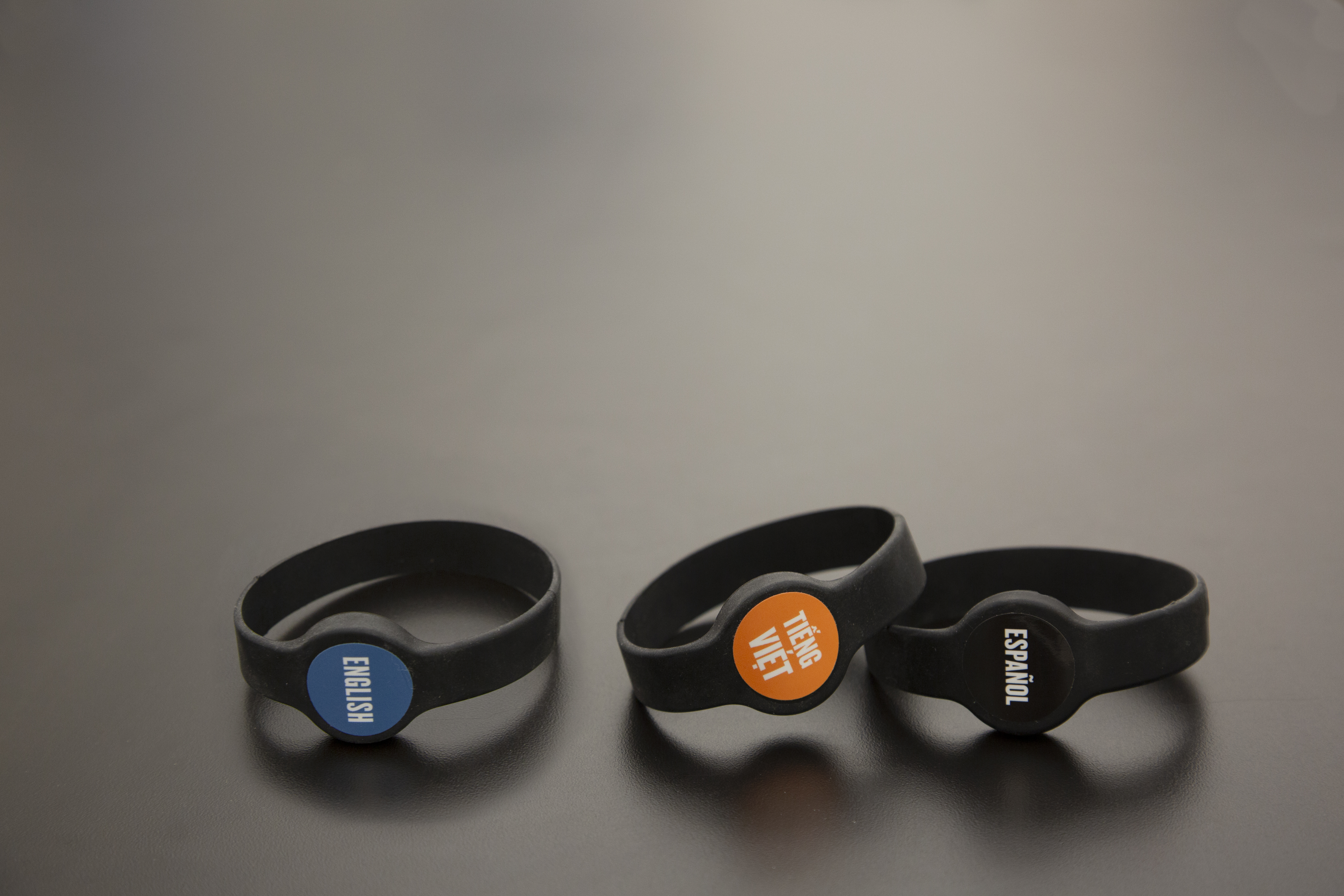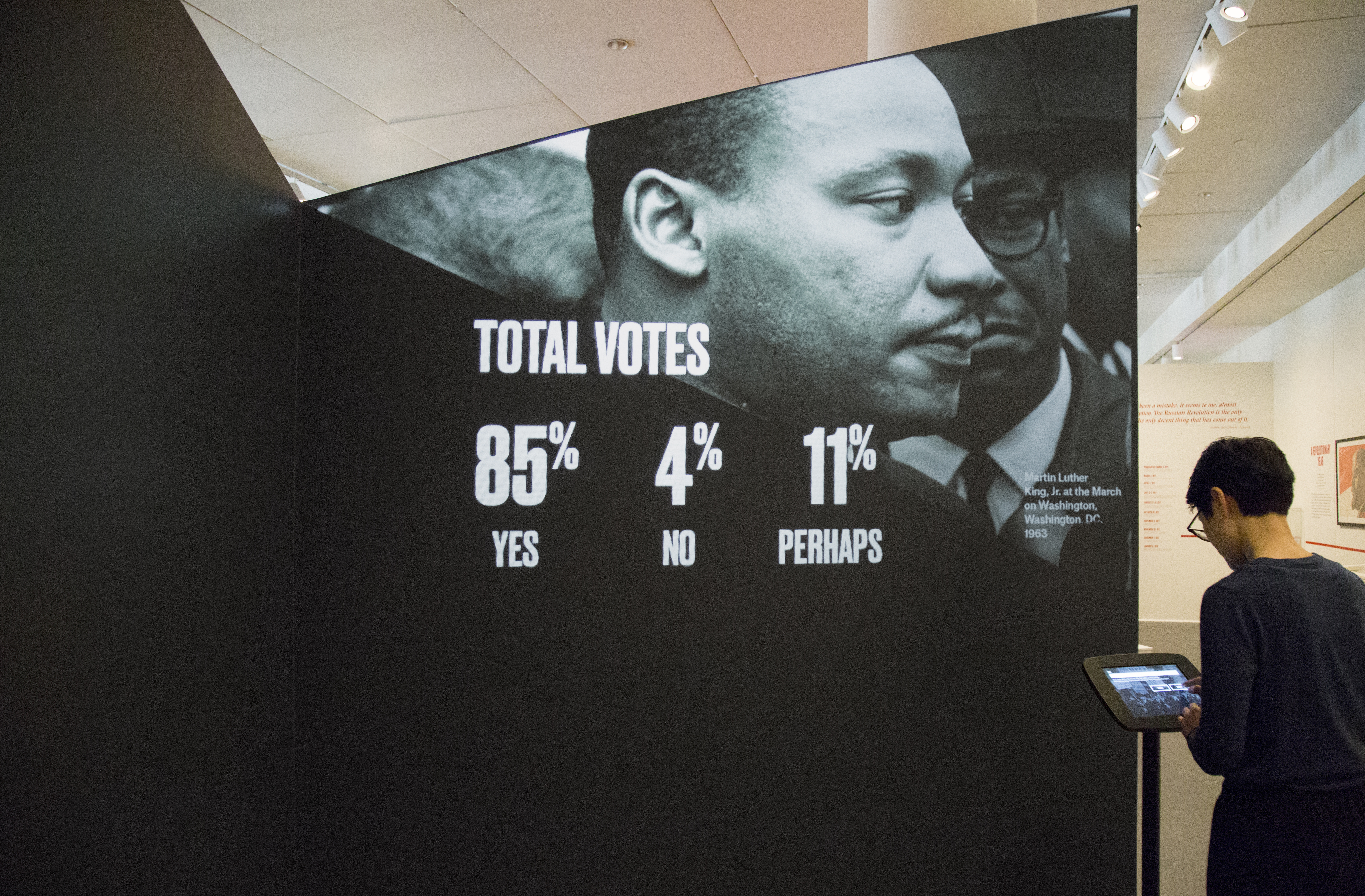
NEW INC Series: Meet DOME
CultureConnect CEO, Samantha Diamond met Katie Lee at NEW INC, the arts-tech-design incubator housed within the New Museum in NYC where Samantha is a mentor and Katie just wrapped up her experience in the Spring 2019 cohort. As part of the Museum Technology track within the incubator program, Katie sought to build a process and tools for museums of all sizes to understand their audiences using both analog and digital tools. Her company, DOME, was founded in 2014 and is an experience design studio that solves ‘unusual problems’ across disciplines. Read more about DOME and their innovative approach to audience research.
This is the second in a series interviews with the NEW INC community highlighting cutting-edge technology, innovative design and practical applications.
THE INTERVIEW
SD: Before we jump in, can you introduce yourselves and tell us a little bit about your backgrounds?
Katie Lee and Lynn Kiang, co-founders and partners of Dome. We met while working at a company in New York called Local Projects, where we designed interactive and media projects for museums and cultural institutions. Our paths ultimately merged because we’re both the kind of designers that enjoy being generalists in hopefully the best sense of the word. We went to grad school for graphic design (RISD and Yale) but followed career paths that allowed us to expand the boundaries of that discipline—going from print to web to motion graphics and video to installations and exhibits to brand strategy to mixed reality… When “experience design” came into our language, we embraced it because even though it sounds a bit pretentious, we enjoy the idea of getting into every corner of a moment.
SD: And, why did you decide to found DOME?
Autonomy. Running our own studio is our most challenging and rewarding “experience design” project.
SD: How has DOME evolved since your first year?
Since we started the studio in 2014, we’ve hosted a “Dome Summit” — just for the two of us. There is a decent amount of work that goes into it—we alternate who designs the day-long agenda, workbook and select an inspiring locale (usually a museum in the city) as our backdrop to take stock of that year’s projects, clients and each other, and re-affirm or re-write goals. Over the years we’ve shifted from taking on a lot of small projects that were each a predetermined medium (it’s a book, it’s a website, it’s a kiosk), to working on larger projects where neither the medium nor technology were a given, and we were able to create a larger vision with the client. We’ve learned that while there’s comfort in refining familiar formats, we get more excited about things we haven’t done.
One of the biggest barriers for museums to engage their visitors is they don’t know who their visitors are.
SD: Why are you interested in working with museums and cultural organizations, in particular?
Content and context. We’re drawn to working with the depth of content that comes out of cultural institutions, the wide scope of their audiences, and the challenges that come with organizations that preserve, evolve, share the stuff of the arts, design, history, civilizations—that’s exciting for us.
SD: We love that you help organizations solve “complex” and “unusual problems”. During Demo Day, we had the opportunity to see one of your product solutions for audience research at museums. Can you elaborate a bit on that presentation concept so people who couldn’t attend can get a glimpse into the solution?
One of the biggest barriers for museums to engage their visitors is they don’t know who their visitors are—this was the common answer we heard when we conducted interviews with seven museums, large and small, around the country. We wanted to address this knowledge gap in a way that was low-impact, scalable, and maybe even fun.
Our product concept is what we call “Smarter Admissions” where we create a low-impact physical way to piggyback onto the existing ticketing system to get more out of the visitor admissions and exiting process.
For our initial prototype with the San José Museum of Art, visitors were asked to self-identify by specific segments (e.g. new, return, member, patron and language preference) and then given an ID sticker at the admissions desk. Upon departure, visitors were invited to vote with their sticker on a simple survey poster that gathered feedback about their experience. This was a simple way for visitors to tell us a little bit about themselves that was voluntary and transparent.
SD: A big strategic goal for CultureConnect has been connected systems – integrations between museum technologies such as collections management, ticketing & membership, and interpretation/engagement platforms. What do you see as your next step for “Smarter Admissions” on the technology front?
The next step for “Smarter Admissions” is to use RFID, the same technology used in door key cards, in either a sticker or wristband form. There are premium level versions that exist at amusement parks and high-end resorts, but we are focused on more affordable solutions with scalable applications for organizations of various sizes and causes. What we like about RFID is that the technology can allow for an opt-in, low-barrier way (no mobile device needed, no app to be downloaded) to create a more personalized experience on site.
You can read our case study with the San Jose Museum of Art here.
SD: Do you have plans to productize this solution? Anywhere a museum team can get a hold of it now?
Museums, or any organization that has site-specific experiences (festivals, events, conferences), can continue to evolve this with us. Our solution requires a decent amount of customization—this is not an “off-the-shelf” product but rather an agile kit of parts that can be configured specifically for your organization and audience.
SD: Can you give us a few more examples of ‘complex and unusual’ problems that you have or are currently developing solutions for?
2020 is the centennial of Women’s Right to Vote in the U.S., and we’ve been working for the past several years with Drexel University’s Institute for Women’s Health and Leadership to create an exhibition that commemorates the 19th Amendment and campaigns for gender equality in leadership roles. How do we honor this historical moment and the women who fought for their rights, while also acknowledge the lack of progress since and the staggering gender inequality in leadership positions today? Try doing this without being overly partisan. And by the way, make just about all the pieces in the exhibition able to move into storage when other events share the same space.
We created a public installation called “Seat at the Table” at the Kimmel Center for the Performing Arts in Philadelphia using custom “infographic” furniture, environmental graphics, and interactive screens to activate their main lobby atrium from March–October 2020. The exhibition, along with programming organized by the Institute, will have a timely lead up to the U.S. Presidential Election that fall.
Also we are working with the Cleveland Museum of Art on a scholarly exhibition opening next year that will incorporate interactive media and mixed reality to draw visitors into a very special world of ancient sculptures, both physical and digital. It’s a rich, international story that touches on religion, cultural shifts, and museum conservation practices over time. It’s not a familiar story for most of the museum’s visitors, nor an easy one to tell, so the challenge was to come up with ways to utilize emerging technologies in an elegant way that will be relatable and exciting to broader audiences.
SD: Solving complex problems is complex! Do you have a process you go through when first evaluating an obstacle to help you see the problem with fresh eyes and develop an original solution?
We always want to start with a conversation—a really structured and strategic one. We do our homework, have some preliminary interviews, and then design a collaborative workshop tailored to the people we’re working with. The workshop usually includes a cross-section of key decision-makers, relevant experts, and target audience.
We bring our perspective to the table but more importantly, we bring materials and exercises to really get everyone else talking, sharing their insights with each other, and being creative themselves. We want to know what we don’t know, as much as we want to share our professional knowledge. This is the ideal starting point for us so that we can dive into the right context. Everything from the stated design problem to the unstated problems, of say, institutional barriers or cultural stigmas, is context and informs how we approach our next steps.
Sound, done well, can be the most immersive, most transportive medium.
SD: Are there any museum “problems” or obstacles that you’d love to solve but haven’t had the opportunity to work on yet?
Sound. Sound is really tricky in a shared space especially in many museums where a hushed atmosphere is what’s expected. So museums provide audio guides and mobile apps to avoid audio spill, but the experience becomes solely individualized. We’d like to do more with directional sound, RFID-enabled sound, and other techniques that are out there but not fully explored.
SD: I couldn’t agree more. I’m an audiophile – from radio shows to podcasts to music to soundscapes – all the layers and details create such an intimate experience.
Sound, done well, can be the most immersive, most transportive medium—it would be ideal to experience it together rather than only on your own.
SD: What does the next 2 years at DOME look like?
The next year will be pretty busy with our two projects in progress: the Women’s Right to Vote project and the Cleveland Museum of Art exhibition. The year after that: hopefully it’s something we haven’t done before.
We partner closely with our clients and build teams when appropriate. Please say hello and tell us what you’re working on: katie@domecollective.com
About DOME
Dome is an experience design studio that gathers designers, thinkers, and builders to solve unusual problems. We believe that every project we take on—large or small—is big, and that its impact has everything to do with how it’s done and the people behind it. Founded in 2014 in Brooklyn, New York, Dome is a small business owned by women of color that builds teams to traverse multiple disciplines and mediums, responding to complex projects with original solutions. Across our capabilities of strategy, branding, interactive, print, motion, and built environments, we’ve learned that delivering compelling experiences requires a command of the big picture without sacrificing the details that make a project unique.











